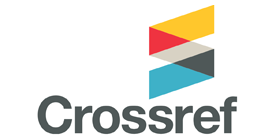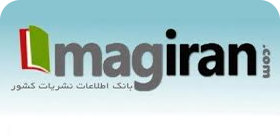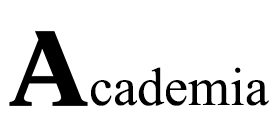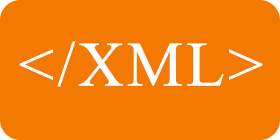Designing a Blended Learning Model in the Post-COVID Era with an Emphasis on the Mediating Variable of E-Learning Maturity
Keywords:
Blended Learning, Post-COVID Era, E-Learning Maturity, Educational Technology, Distance EducationAbstract
Purpose: This study aims to design a blended learning model tailored for the post-COVID era, focusing on the mediating role of e-learning maturity. Methods and Materials: This applied research used a descriptive-survey approach for data collection, combined with a qualitative-exploratory method. Data were collected cross-sectionally from a sample of 122 academic experts in distance education planning and educational technology, each with at least 15 years of experience. Purposive sampling with snowballing was applied until theoretical saturation was achieved. Data were gathered through literature reviews and semi-structured interviews, validated by experts, and ensured for reliability through repeated responses. Findings: Key components identified for the blended learning model included: educational processes (e.g., operationalizing knowledge, collaborative learning approaches), progress processes (e.g., flexibility, customized development goals), support processes (e.g., technical and emotional support), evaluation processes (e.g., performance and creativity evaluation), quality control processes (e.g., technology-based quality monitoring), and management processes (e.g., resource allocation and educational management). Conclusion: The proposed blended learning model provides a comprehensive framework for post-COVID education, emphasizing e-learning maturity to enhance adaptability, effectiveness, and quality in educational practices.
















